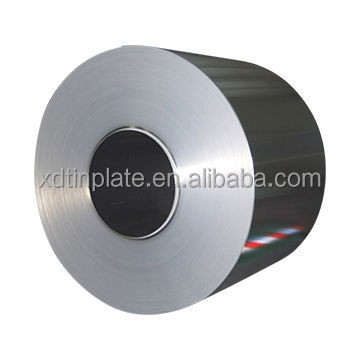
נוב . 12, 2024 01:49 Back to list
hot dip galvanized iron factories
The Role of Hot Dip Galvanized Iron Factories in Modern Industry
Hot dip galvanized iron (HDGI) is a crucial material in various industries, renowned for its durability, corrosion resistance, and cost-effectiveness. The process of hot dip galvanization involves coating iron or steel with a layer of zinc, providing protection against rust and extending the product's lifespan. Consequently, hot dip galvanized iron factories play an essential role in the manufacturing sector by producing components that are vital for infrastructure, transportation, and various industrial applications.
Understanding the Hot Dip Galvanization Process
The hot dip galvanization process begins by meticulously cleaning the iron or steel substrate. This is typically achieved through degreasing, pickling in acid, and rinsing. The cleaned material is then immersed in a bath of molten zinc at temperatures around 450 degrees Celsius (842 degrees Fahrenheit). The iron and zinc react, forming a series of zinc-iron alloys at the surface, which ultimately creates a robust protective layer of pure zinc.
This method not only enhances the mechanical properties of the base metal but also provides excellent adhesion between the zinc coating and the substrate. The result is a material that resists corrosion even in harsh environmental conditions, making it ideal for outdoor use.
The Importance of Hot Dip Galvanized Iron in Various Industries
Hot dip galvanized iron is widely used in construction for structural applications such as steel beams, handrails, and metal roofing. The longevity and reliability of HDGI products make them a preferred choice for both residential and commercial buildings. Furthermore, in infrastructure projects, such as bridges, railings, and utility poles, workers rely on the protection offered by hot dip galvanization to ensure safety and sustainability.
In the automotive industry, HDGI is utilized for manufacturing components that are exposed to the elements. Parts like chassis and body panels are often coated in zinc to prevent rust and extend the vehicle's lifespan. The energy efficiency and cost-saving advantages of using galvanized iron contribute significantly to the overall value of the automotive products.
Moreover, the agricultural sector benefits from hot dip galvanized iron, especially in the production of fencing, storage tanks, and equipment. Given that many agricultural implements are continually exposed to moisture and other corrosive factors, the protective features of HDGI are invaluable for maintaining operational efficiency.
hot dip galvanized iron factories

Environmental Considerations and Sustainability
The hot dip galvanization process is not only practical but also environmentally friendly. The zinc used in galvanization is a natural element, and the recycling of galvanized products is straightforward. When galvanized materials reach the end of their lifecycle, they can be reclaimed and recycled without significant quality loss.
Additionally, hot dip galvanized iron expands the lifespan of products, which reduces overall waste and the demand for new raw materials. In a time when industries are striving for sustainability, HDGI plays a part in minimizing environmental impacts through longevity and the possibility of recycling.
Challenges Faced by Hot Dip Galvanized Iron Factories
Despite the numerous advantages, hot dip galvanized iron factories face challenges. The quality of the galvanization largely depends on the cleanliness and preparation of the substrate material. Contaminants can lead to poor adhesion and performance of the zinc coating. Furthermore, maintaining the required temperature in the galvanization bath is crucial for ensuring a consistent coating thickness.
Moreover, as industries become more specialized, factories must adapt to meet varying customer demands, from tailored coatings to advanced finishing options. This requires ongoing investment in technology and skilled labor to remain competitive in the market.
Conclusion
Hot dip galvanized iron factories are vital in supporting a range of industries by providing durable and corrosion-resistant materials. Their contributions extend far beyond mere manufacturing; they play a significant role in enhancing safety, sustainability, and economic efficiency across various sectors. As technology evolves and industries adapt, the demand for high-quality hot dip galvanized products will undoubtedly continue to grow, reinforcing the importance of these factories in modern production and infrastructure development.
-
Premium 26 Gauge Galvanized Steel Coil Maker | Quality
NewsJul.31,2025
-
Electric Vehicles for Sale: New Cars, Used Cars & NIO ES8 Offers
NewsJul.30,2025
-
BYD New Energy Vehicles: Innovative New Cars for a Greener Future
NewsJul.29,2025
-
New Energy Vehicle with High Cost Performance & Endurance
NewsJul.29,2025
-
Buy New Car Online – Great Deals & Trusted Used Car Options
NewsJul.29,2025
-
China 14 ft Metal Roofing Price Factory | Durable & Affordable
NewsJul.28,2025